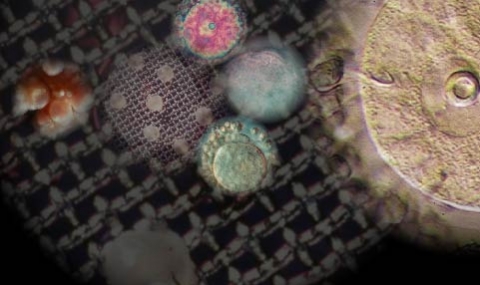Culture of pre-ovulatory follicles provided insights far beyond the initial aim to examine the regulation of resumption of meiosis. The ability of gonadotropins to induce oocyte maturation in explanted follicles, without causing follicle rupture or ovulation, as well as the ability to inhibit follicular luteinization without affecting resumption of meiosis, led to the understanding that these three biological responses of ovulation, all initiated by the gonadotropic surge, are separable and may involve distinct and independent mediatory pathways downstream to gonadotropin binding.
Luteinization. Examination of follicular steroidogenesis during in vitro culture revealed that rat Graafian follicles explanted on the morning of pro-estrus, prior to the gonadotropin surge, produce predominantly estradiol and the levels of secreted androstenedione and progesterone reach only tenth of estradiol concentration. However, addition of LH to the medium markedly stimulated progesterone secretion. After 6 hours of incubation, progesterone level in the medium increased approx. 40-fold, whereas estradiol and androstenedione accumulation leveled off (10,12), due to the reduction in lyase activity (67). Thus, the steroid biosynthetic pattern of the follicle was changed to that of the corpus luteum. Evidently, contrary to the views prevalent at that time in the literature, biochemical luteinization precedes, rather than follows, "ovulation" (follicle rupture) which occurs in the rat only about 12-14h after the LH surge.
Follicle rupture. Since the rat pre-ovulatory follicle in culture does not respond to gonadotropins with rupture and release of the mature egg, we utilized for studies on ovulation a combination of in vitro and in vivo models. These studies provided important contributions to our current understanding of follicle rupture during ovulation. Thus, evidence for the central role of proteolysis and inflammation mediators in the process was presented. The participation of the plasmin-activating system (59,69,84) and of collagenases (98,106, 107) and their local inhibitors (PAIs and TIMPs) (103) in follicle rupture has been shown. The complexities of the proteolytic cascades involved in ovulation and the apparent redundancies among these enzymes remain still to be elucidated. In addition, we provided evidence for the participation of mediators of inflammation in follicle rupture. Thus, prostaglandins (5, 9), leukotrienes (53, 63, 70), platelet-activating factor (PAF, 60) and the NO/NOS system (72) have been implicated in follicular rupture and ovulation.


